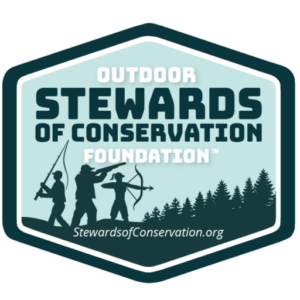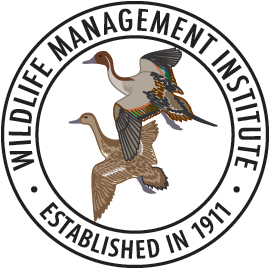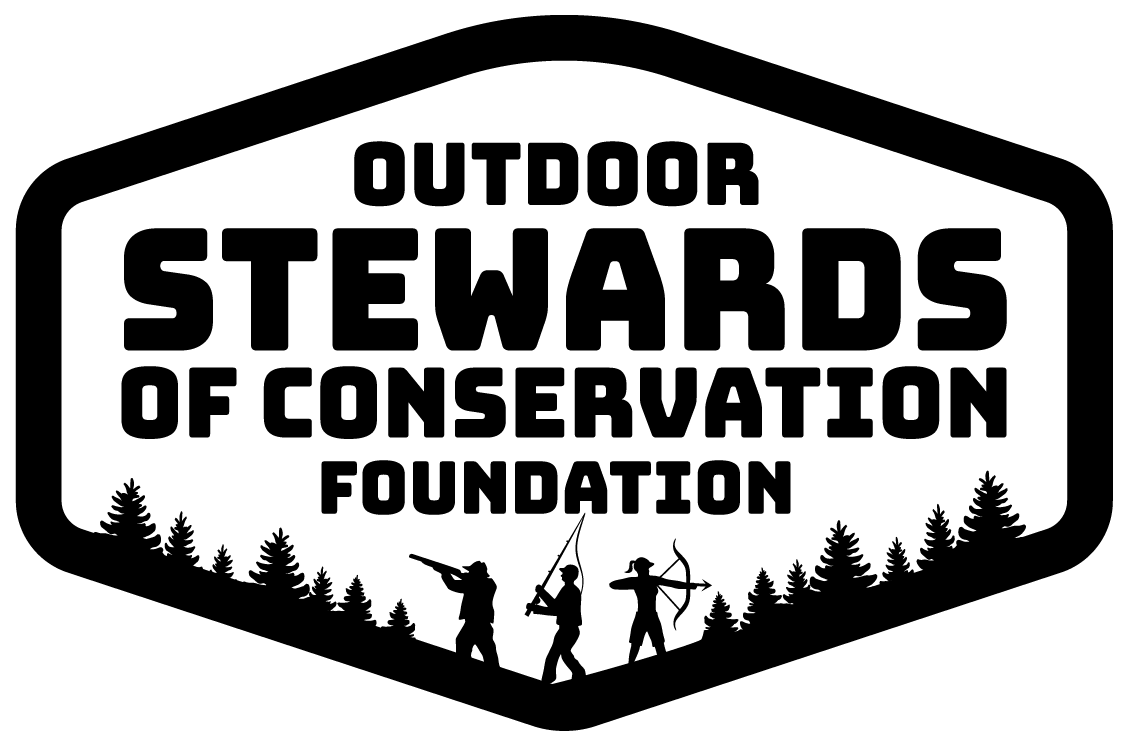


Shareable media promoting conservation from the Outdoor Industry Communication Council (OICC) – see below for more details.
How to Get Started in Recreational Shooting
The foundation of our shooting and hunting industry is a population of Americans who know how to safely and responsibly use firearms, and happily, there has never been a better time to become a safe, knowledgeable, and proficient recreational shooter.
Many state wildlife agencies are building new and expanding existing shooting ranges, thanks to funding from the tax shooters pay every time they buy a gun or a box of ammunition. There’s an experienced and accessible cadre of firearms instructors eager to show you the ropes, and we’ve never had more easily accessible digital content devoted to teaching new shooters about firearm operation, gun safety, and the wide variety of shooting opportunities available.
The missing ingredient is you.
Anytime is the perfect time to take first steps to becoming a recreational shooter. Various hunting seasons are happening nearly year-round, supervised ranges are extended hours, and there are classes in many communities to teach new shooters the basics of firearms handling. With the advent of online hunter education, prospective hunters don’t have to wait to learn about firearm safety as it is now available 365 per year.
Here are resources that will introduce you to firearms and shooting, and then some additional contacts you can use to find venues and instruction in your own community.
1. National Shooting Sports Foundation
The website (www.nssf.org/shooting/first-shots-for-new-shooters) of this national shooting organization is a great place to get started. You’ll find everything from free printable targets to important rules of firearm safety to a searchable database of shooting ranges in your area. They also have a database of 7,000 places to go target shooting which you can access to find local ranges at https://www.wheretoshoot.org/
2. State Fish-and-Wildlife Agencies
Every state wildlife agency has a directory of recreational shooting ranges. Simply search your state and then find facilities in your area. Thanks to federal legislation, more funds
collected from the sale of guns and ammunition are available to build public ranges, which means there will be more ranges in your area next year than there are now.
3. National Rifle Association
The NRA has wide and deep resources for learning how to shoot various types of firearms. You want to learn how to shoot clay targets with a shotgun? Check out the NRA’s First Steps Shotgun Orientation course, offered online through www.nrainstructors.org. Or maybe you want to learn more about reloading ammunition so that you can customize your rifle or shotgun loads to your own purposes. NRA has an online course for that, too, along with dozens of other courses. As mentioned earlier, online hunter education is available year-round, and NRA has a free course available to all: https://nra.yourlearningportal.com/Course/ActivityInfoPage?activityName=hunter%20education
4. International Hunter Education Association
The IHEA is a great resource for both shooters and hunters. You can find a Hunter Education certification course in your state and area, but the IHEA’s Hunters Connect video series offers what might be called “advanced hunter ed.” The short videos discuss topics from how to buy your first hunting license to how to pick an optic and mount a rifle scope. Lastly, check out their www.learntohunt.org to find local instructors willing to help get you started.
5. YouTube
All it takes is access to the internet and a search engine to uncover thousands of videos that show you how to shoot safely and effectively with a whole galaxy of firearms types. Some promise to teach you “How to Shoot a Pistol in 10 Minutes.” Others will show you “How to Improve Long Range Shooting.” Your imagination is the only limitation to this wide range of content that’s free, educational, inspirational, and fun. After a few video sessions, you’ll be able to decide for yourself which channels are worth your time, and which are bunk.
6. Public Land Resources
Our federal land is mostly managed for multiple use, and in many cases that includes recreational shooting. It’s up to shooters to find places where they can practice safely, responsibly, and without interfering with other public-land users. The non-profit group Tread Lightly (www.treadlightly.org) has great resources for avoiding conflict while shooting effectively, safely, and responsibly on our public lands.
7. Firearms Manufacturers
Used inappropriately, guns can be dangerous, even lethal. That’s why so many resources stress safety, and for shooters to understand not only rules of gun safety, but also how the specifics of firearm operation. Every firearms manufacturer has resources that show users—both current shooters and prospective buyers—the operational features of the gun, offering instruction in loading, unloading, basic function, and product-specific safety tips.
A good example is Mossberg’s online Journal (www.resources.mossberg.com/journal) that has product-specific instruction but also content around how to pattern a shotgun, how to select appropriate eye and ear protection, even how to hunt various wildlife species. Other manufacturers such as Smith & Wesson offer a wide variety of instructional videos that cover topics for new gun owners to experts – check out their https://www.smith-wesson.com/gunsmarts website for more information.
8. Resources for Basic Shooting Gear
Once you have found the right gun for you, a place to shoot, instruction in shooting various firearms platforms, and the basics of firearms safety, you’re ready to put it all together. You can show up at many ranges with only your gun and ammunition, but it’s helpful to bring some of your own basic gear. Safety glasses and hearing protection are basics for any firearms type. If you’re a rifle shooter, consider bringing a selection of paper targets and a stapler to hang them on target stands along with basic front and rear support bags. If you’re a shotgunner, consider bringing a pouch to hold both full shotshells and empty hulls.
The unifying theme of recreational shooting, regardless of firearm type, is an emphasis on safety and education. There are many people around you eager to help. No question is too basic, and you should feel comfortable asking fellow shooters anything about gun operation, safety rules, or details of shooting correctly.
Above all, have fun. It’s called recreational shooting for a very good reason.
If you are an experienced target shooter, please consider asking a friend, neighbor or co-worker to “Come With” you the next time you head to the range. As any mentor will tell you, teaching someone new how to safely handle a firearm and watching them hit the bullseye for the first time is an incredibly gratifying experience.
About the Outdoor Industry Communication Council (OICC):
Formed around the commitment to educate all Americans about the origins of conservation funding in America, the Outdoor Industry Communication Council (OICC) is managed by Outdoor Stewards of Conservation Foundation (OSCF) and Wildlife Management Institute (WMI). OICC works with outdoor writers to develop informative content that is available to all outdoor organizations and media at no cost. A primary goal of the OICC is to better inform and promote the positive contributions that wildlife agencies, industry manufacturers, NGO’s and end users such as hunters, anglers, trappers and target shooters make to conservation. Outdoor organizations interested in conservation are welcome to use any OICC content to expand the reach of messages created by the OICC. To become a member of the Outdoor Industry Communication Council, contact Jim Curcuruto of OSCF (203) 450-7202 jim@stewardsofconservation.org or Jon Gassett of WMI at (502) 330-9025 jgassett@wildlifemgt.org. There are no costs involved to become a member of the OICC.
Members may utilize OICC materials as they see fit with no restrictions. For additional information visit https://www.outdoorstewards.org/outdoor-industry-communication-council-oicc/
This project is funded by the Multistate Conservation Grant Program (F23AP00404), a program supported with funds from the Wildlife and Sport Fish Restoration Program and jointly managed by the Association of Fish and Wildlife Agencies and the U.S. Fish and Wildlife Service.
